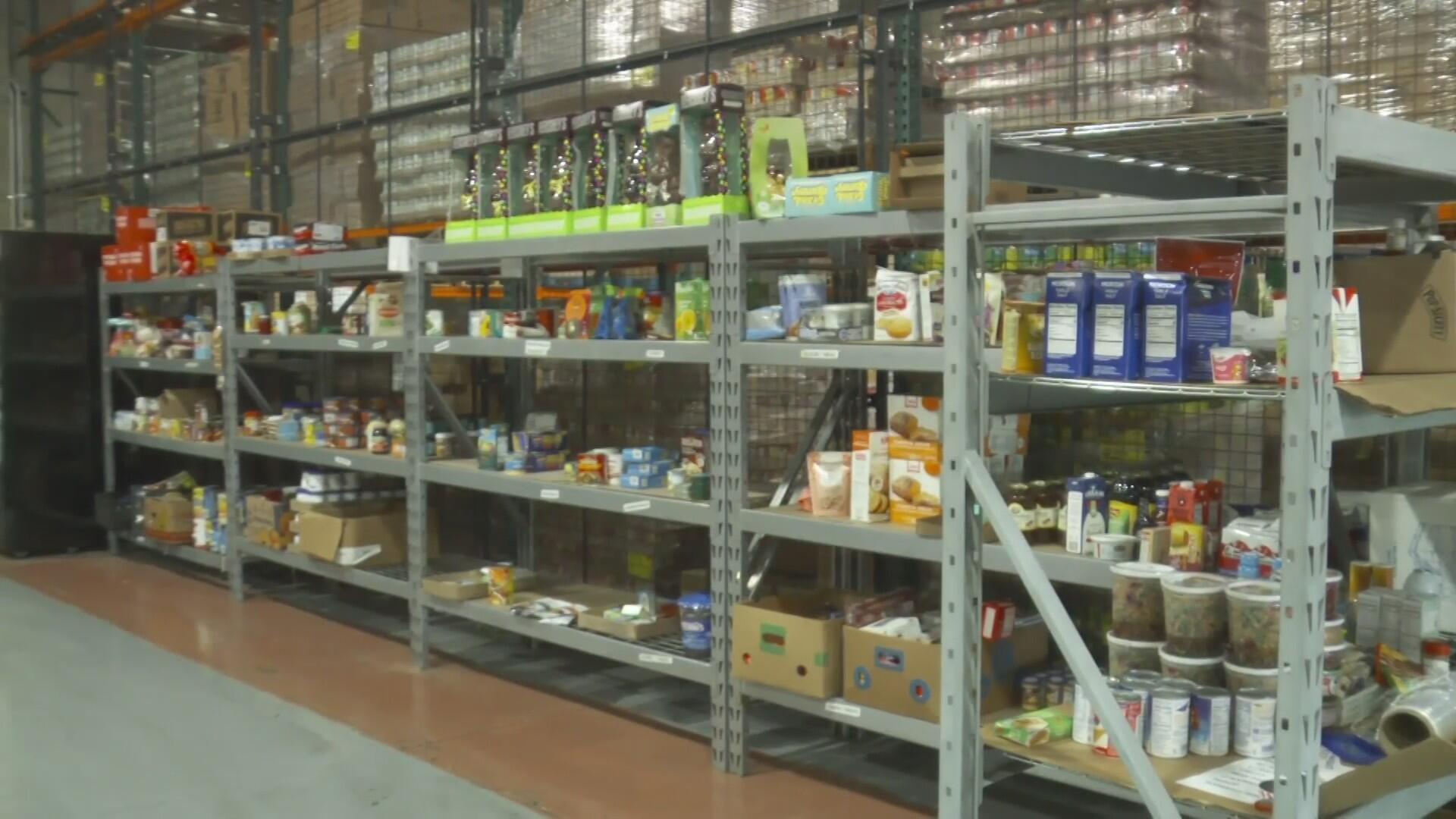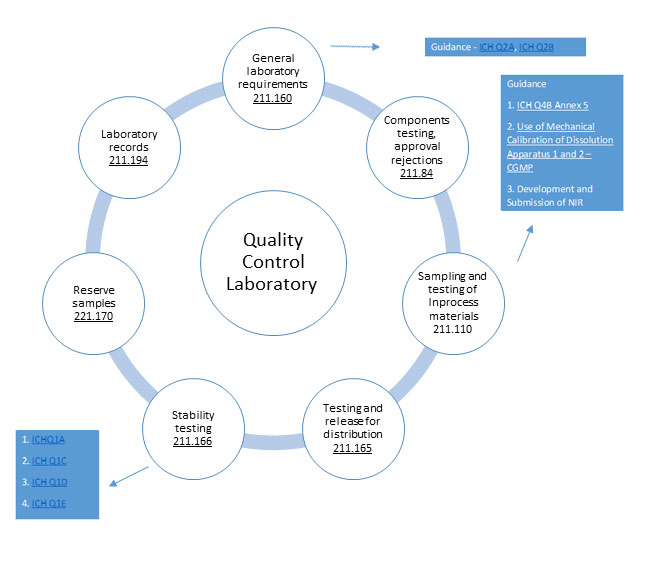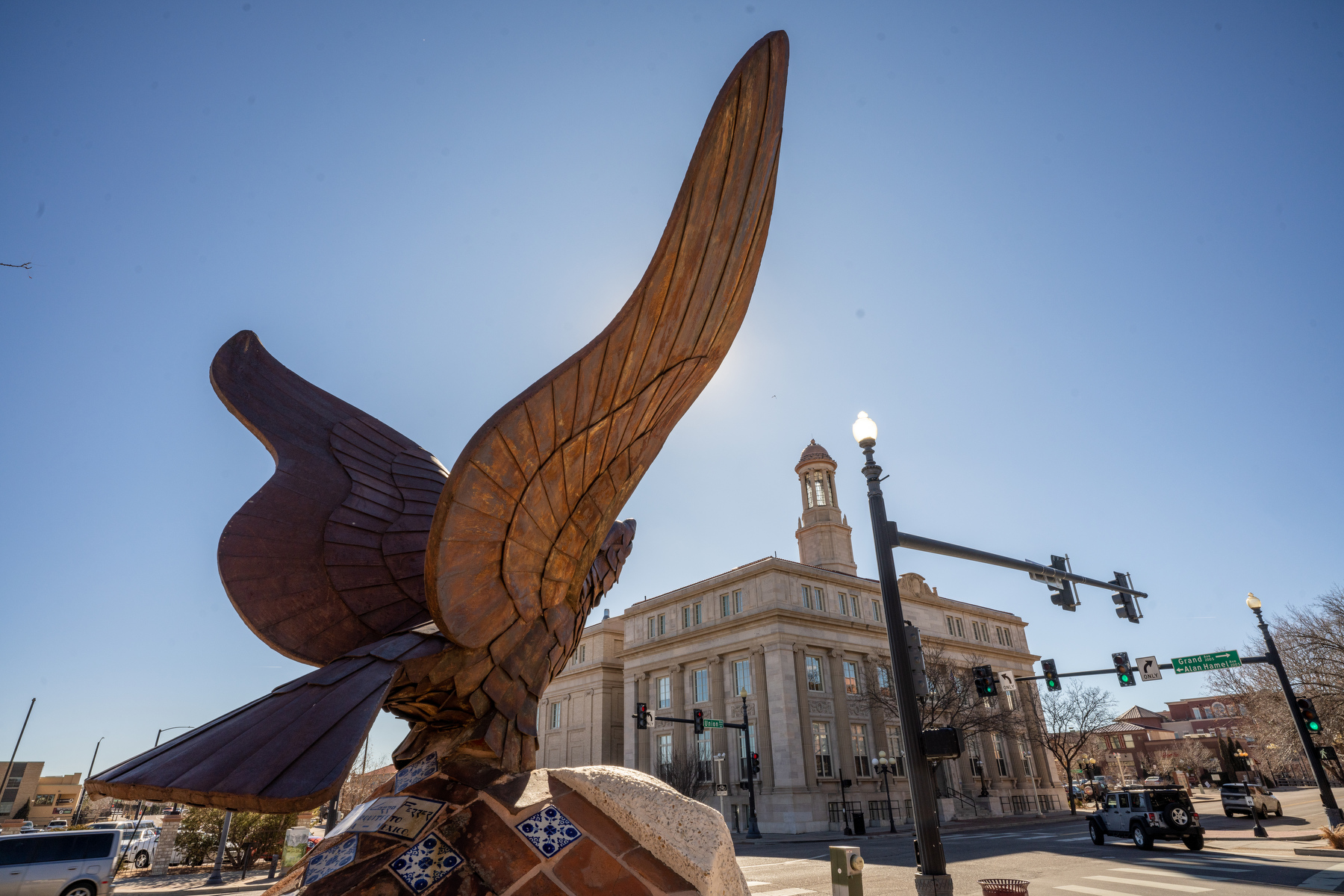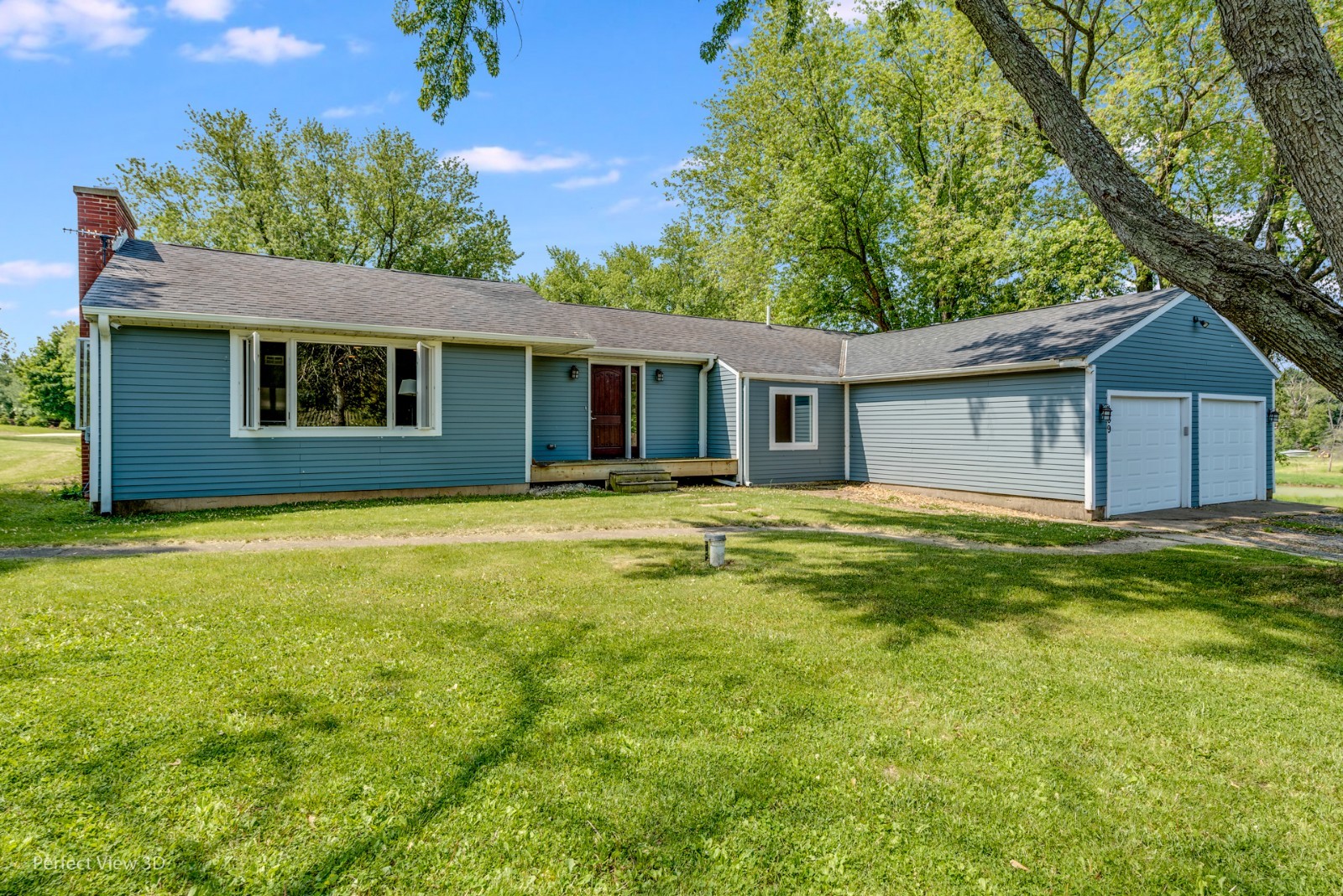Report on Sierra Nevada Watershed Restoration and Sustainable Development Goal Alignment
Introduction: An Aerial Assessment of a Critical Water Source
A recent aerial tour, organized by the non-profit EcoFlight for California legislative staffers and environmental advocates, highlighted critical watershed restoration efforts in the Sierra Nevada. The initiative, led by the South Yuba River Citizens League (SYRCL), focuses on mitigating the impacts of fire damage and climate change on the Yuba River Watershed. This report analyzes the project’s activities and outcomes through the framework of the United Nations Sustainable Development Goals (SDGs).
Project Activities and Linkages to SDG 6, SDG 13, and SDG 15
The restoration project addresses severe ecosystem fragility in a region that is the source for a significant portion of California’s drinking water. The work is a direct response to environmental degradation, aligning with several key SDGs.
- SDG 6: Clean Water and Sanitation: The primary objective is to protect and improve the quality of the state’s water supply. As noted by SYRCL, events in these headwater forests directly affect water quality for millions of downstream consumers.
- SDG 15: Life on Land: The project actively restores terrestrial ecosystems damaged by decades of fires. Key restoration activities include:
- Removing invasive plant species.
- Planting native trees to re-establish forest health.
- Clearing sediment from streams and meadows to improve water flow and habitat.
- SDG 13: Climate Action: By restoring forests and improving ecosystem resilience, the project serves as a crucial climate adaptation and mitigation strategy. A notable innovation is the conversion of some removed trees into biochar, a material that helps filter toxins from the water system and sequester carbon.
Socio-Economic Impact and Stakeholder Perspectives: Alignment with SDG 3 and SDG 8
The project’s impact extends beyond environmental restoration, contributing to local economic and public health objectives.
- SDG 8: Decent Work and Economic Growth: Since 2020, SYRCL has invested $23 million into the restoration efforts. This funding has been directed toward hiring regional contractors, thereby supporting and creating local environmental jobs and stimulating the regional economy.
- SDG 3: Good Health and Well-being: Stakeholders, including legislative director Andrew Nickens, have framed the initiative as a public health issue. Protecting the forests, air, and water of the Sierra Nevada is considered fundamental to safeguarding the health of the state’s population, directly supporting the goal of ensuring healthy lives for all.
Conclusion: A Model for Collaborative Sustainable Development
The Yuba River Watershed restoration project, brought into focus by the EcoFlight tour, serves as a comprehensive model for achieving multiple Sustainable Development Goals simultaneously. The collaboration between non-profits like SYRCL and EcoFlight and state legislative bodies exemplifies the spirit of SDG 17: Partnerships for the Goals. By integrating environmental restoration with economic development and public health priorities, the initiative demonstrates a holistic approach to building a sustainable and resilient future for California.
1. Which SDGs are addressed or connected to the issues highlighted in the article?
The article on watershed restoration in the Sierra Nevada connects to several Sustainable Development Goals (SDGs) by addressing environmental protection, water security, climate resilience, and economic opportunities.
-
SDG 6: Clean Water and Sanitation
This goal is central to the article, which explicitly states the project is “critical to protecting the state’s water supply.” The efforts described, such as clearing sediment from streams and using biochar to “filter toxins from the water system,” directly aim to improve and protect water quality for the 80% of Californians who rely on this water source.
-
SDG 15: Life on Land
The article highlights the restoration of terrestrial ecosystems. The project focuses on the “Yuba River Watershed, where decades of fire damage and climate change have left ecosystems fragile.” Actions like “removing invasive plants, planting native trees,” and restoring “fire-scarred forest land” are direct efforts to protect, restore, and promote the sustainable use of forests and mountain ecosystems.
-
SDG 13: Climate Action
The article mentions that “climate change” is a key factor that has left the watershed’s ecosystems fragile. The restoration work can be seen as an effort to strengthen the resilience and adaptive capacity of these natural systems to climate-related hazards like forest fires, thereby contributing to climate action.
-
SDG 8: Decent Work and Economic Growth
The article notes the economic impact of the restoration project. The investment of “$23 million into local restoration efforts” has involved “hiring regional contractors and supporting environmental jobs,” which contributes to creating productive employment and sustainable economic activity in the region.
2. What specific targets under those SDGs can be identified based on the article’s content?
Based on the activities described in the article, several specific SDG targets can be identified:
-
Target 6.6: Protect and restore water-related ecosystems
This target aims to “protect and restore water-related ecosystems, including mountains, forests, wetlands, rivers…” by 2020. The entire project described in the article, focusing on “watershed restoration in the Sierra Nevada” and ensuring “healthy forests mean healthier watersheds,” directly aligns with this target.
-
Target 15.2: Promote the implementation of sustainable management of all types of forests, halt deforestation, restore degraded forests and substantially increase afforestation and reforestation
The article’s description of “planting native trees” and restoring “fire-scarred forest land” is a clear example of working towards this target. The project is actively engaged in restoring a degraded forest to improve its health and function.
-
Target 15.5: Take urgent and significant action to reduce the degradation of natural habitats, halt the loss of biodiversity
The work of “removing invasive plants” and “planting native trees” is a direct action to combat the degradation of natural habitats and restore local biodiversity within the Yuba River Watershed.
-
Target 6.3: Improve water quality by reducing pollution
This target focuses on improving water quality by “minimizing release of hazardous chemicals and materials.” The article’s mention of repurposing removed trees into “biochar, which helps filter toxins from the water system,” is a specific action aimed at achieving this goal.
-
Target 13.1: Strengthen resilience and adaptive capacity to climate-related hazards
The article states that the ecosystem is fragile due to “fire damage and climate change.” The restoration efforts to create “healthy forests” and “healthier watersheds” inherently strengthen the region’s resilience against climate-related hazards like future fires and droughts.
-
Target 8.5: Achieve full and productive employment and decent work for all
The article mentions that the project is “hiring regional contractors and supporting environmental jobs.” This contributes to creating local employment opportunities, aligning with the goal of productive employment.
3. Are there any indicators mentioned or implied in the article that can be used to measure progress towards the identified targets?
The article implies several quantitative and qualitative indicators that could be used to measure progress:
- Indicator for Targets 6.6 and 15.2: The article mentions the “contrast between green recovery zones and fire-scarred forest land.” This implies that the area of land restored (e.g., in hectares or acres) is a key indicator of progress. The number of native trees planted is another specific metric.
- Indicator for Target 6.3: The use of biochar to “filter toxins” suggests that progress could be measured by testing the water quality downstream. A reduction in the concentration of specific toxins or pollutants would serve as a direct indicator of success.
- Indicator for Target 8.5: The article provides concrete financial and employment data. Progress can be measured by the amount of money invested in restoration (“$23 million”) and the number of environmental jobs created or supported by these funds.
- Indicator for Target 15.5: Progress can be measured by the area cleared of invasive plant species, which is a direct measure of habitat restoration and biodiversity protection.
4. Table of SDGs, Targets, and Indicators
| SDGs | Targets | Indicators Identified in the Article |
|---|---|---|
| SDG 6: Clean Water and Sanitation | Target 6.6: Protect and restore water-related ecosystems. Target 6.3: Improve water quality by reducing pollution. |
– Area of watershed restored. – Improvement in water quality (e.g., reduction in toxins). |
| SDG 15: Life on Land | Target 15.2: Restore degraded forests. Target 15.5: Reduce the degradation of natural habitats. |
– Area of fire-scarred forest land restored. – Number of native trees planted. – Area cleared of invasive plants. |
| SDG 13: Climate Action | Target 13.1: Strengthen resilience and adaptive capacity to climate-related hazards. | – Increased area of healthy, resilient forest ecosystems. |
| SDG 8: Decent Work and Economic Growth | Target 8.5: Achieve full and productive employment and decent work for all. | – Number of environmental jobs created/supported. – Amount of funds invested in local restoration ($23 million). |
Source: cbsnews.com







